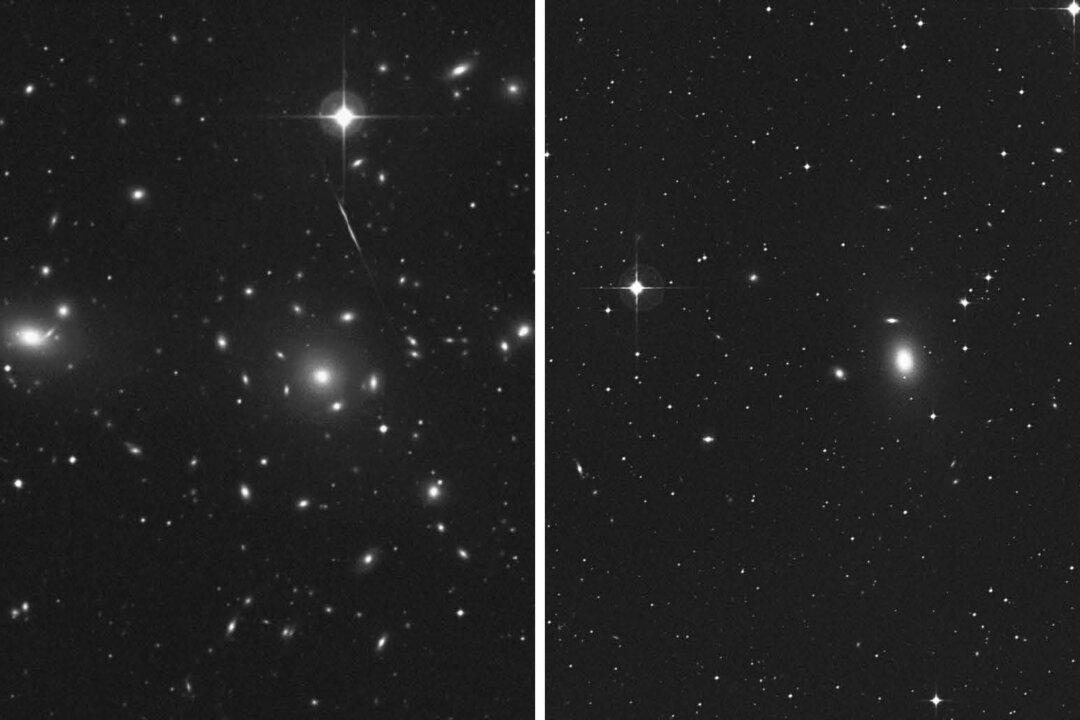Astronomers have discovered a super-massive black hole with the weight of 17 billion suns in the NGC 1600 galaxy, 200 million light-years from the Milky Way.
It’s not the biggest black hole ever discovered—the reigning champion weighs 21 billion suns—but its location, in a sparsely populated galaxy, makes it a maverick among black holes.
It's a bit like finding a skyscraper in a Kansas wheat field, rather than in Manhattan.
, University of California Berkeley





